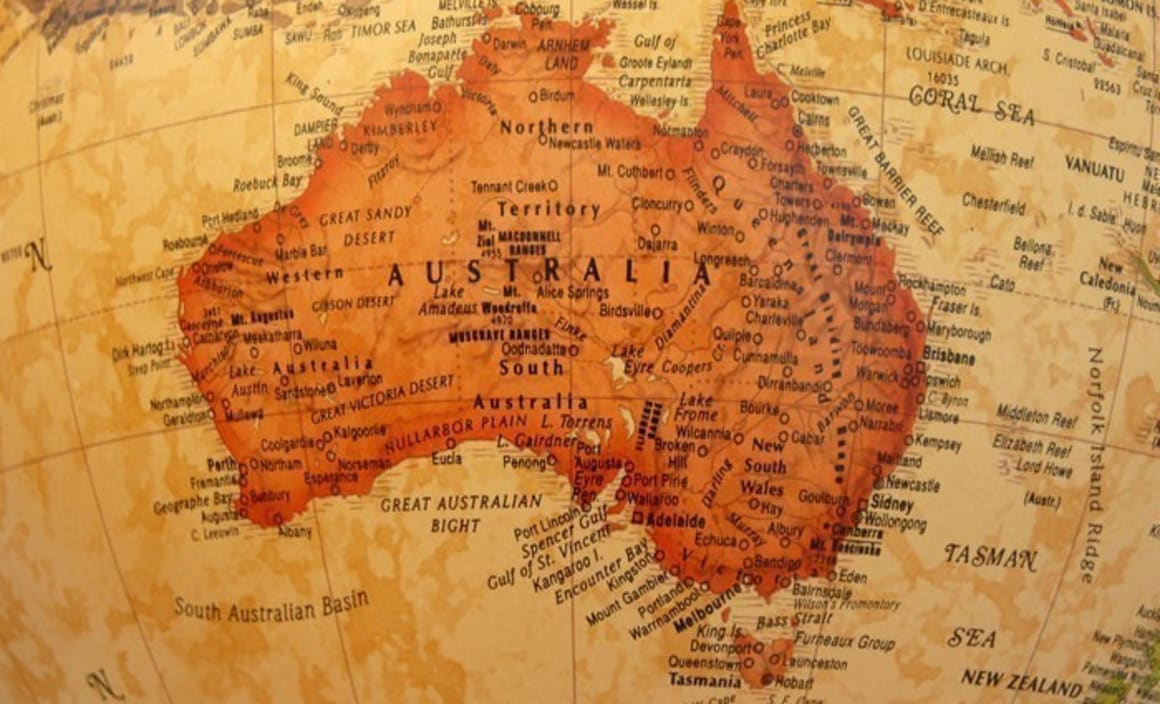Australian economic growth state by state 2014/15 update: Andrew Hanlan

GUEST OBSERVER
The Australian Bureau of Statistics have released the annual State Accounts.
The State Accounts provide annual estimates of output growth by state, Gross State Product. Quarterly estimates are not available.
The accounts for the 2014/15 financial year (July to June) confirm that a growth transition is underway. The mining states of the north-west, Qld and WA, are slowing; while the southern states, Victoria, South Australia and Tasmania, are improving.
Western Australia, despite a loss of momentum, still managed to top the growth charts in 2014/15, at 3.5%, moderating from 5.6%. The two largest states came in next, with Victoria at 2.5%, accelerating from 1.0%; and NSW, at 2.4%, rounding up from 2.3%. Next were South Australia, at 1.6%, rebounding from a soft 0.8%; and Tasmania, also at 1.6%, extending its recovery from 1.3%. Qld tumbled from 2nd place to 6th, with output growth of only 0.5%, slowing from 2.8%.
The maturing of the mining investment boom, as construction work on major gas and iron ore projects is progressively completed, was central to the loss of momentum in WA and Qld. Across the south-east, conditions benefitted from the significant easing of monetary conditions - with record low interest rates and a sharply lower currency.

Western Australia
Output growth in the West slowed to 3.5% in 2014/15, from 5.6%, although that was still a little better than the state government forecast of 3.25%. The 2014/15 outcome is the slowest pace since 2008/09 and is below the state's long-run average of 4.7%.
The state government expects growth to slow further in 2015/16, to 2.0%, with state demand expected to contract for a 3rd consecutive year.
By industry, mining was the major driver of growth in 2014/15, contributing 3.0ppts of the 3.5%, as iron ore exports expand. Having said that, the contribution from mining was a moderation from 3.8ppts the year prior. A loss of momentum in 2014/15 was evident across: agriculture, construction, and real estate.
Queensland
The Qld economy slowed significantly as work on major gas projects neared completion and before output from these projects ramped-up. GSP growth was only 0.5% in 2014/15, moderating from 2.8%, well below the state's long run average of 4.0% and the softest outcome since 2010/11 and before that, 1990/91.

The outcome for 2014/15 fell short of the state government's forecast of 2.0%. The government expects GSP growth to bounce to 4.5% in 2015/16 as gas export begin to flow.
By industry, mining output added 0.6ppts to growth in 2014/15, up from 0.4ppts for the two previous years. Construction was the swing factor, turning from a +1.4ppts in 2013/14 to a –1.5ppts. Professional business services was also a headwind in 2014/15, subtracting 0.3ppts.
NSW
The NSW economy grew by 2.4% in 2014/15, rounding up from 2.3% in 2013/14 and an improvement on 2.0% in 2012/13. The outcome is in line with the state's long-run average (2.5%) and the forecast of the state government (2.5%). The government expects a strengthening to 3.0% in 2015/16.
While overall output growth was little changed in 2014/15, this masked a number of changes at the industry level. The key service sectors (namely, retail, hospitality, recreational services, education and communications) had a stellar year - together contributing 1.1pts to growth, up from 0.1ppt in 2013/14 and eclipsing the previous peak of 1.0ppt in 1994/95. This was offset by a moderation across a number of industries.
Victoria
The Victorian economy experienced a significant rebound following a couple of disappointing years. GSP grew by 2.5%, up from 1.0%, an outcome close to the state's long-run average of 2.7% and a little above the state government forecast of 2.25%. The government expects growth of 2.5% in 2015/16.
As in NSW, the key service industries strengthened, adding 0.7ppts, up from 0.4ptps. In addition, it was a good year for both construction (0.5ppts) and finance (0.4ppts), as the housing sector responded strongly to low interest rates and an expanding population.
South Australia
SA's economy bounced back, expanding by 1.6%, following a sluggish 0.8% gain in 2013/14. As with NSW and Victoria, the key service sectors were the growth engine (particularly retail, hospitality and communications), adding 0.6ppts, up from only a 0.1ppt contribution in the previous year. Health, finance and real estate added 0.9ppts, up from 0.6ppts, while conditions were mixed elsewhere.
The outcome for 2014/15 of 1.6% was only a touch shy of the 1.75% expected by the state government, ahead of an anticipated rise of 2.0% in 2015/16.
Tasmania
Tasmania's economic recovery continued, output grew by 1.3% in 2013/14 and increased by 1.6% in 2014/15, following a contraction of 1.2% in 2012/13. The state government had expected growth to be 1.75% in 2014/15, before strengthening further to an above trend rise of 2.5% in 2015/16.
The acceleration of conditions was centred on services, construction and agriculture. The sharply lower currency and stronger demand on the mainland are key pluses for the state.

Andrew Hanlan is senior economist for Westpac and can be contacted here.